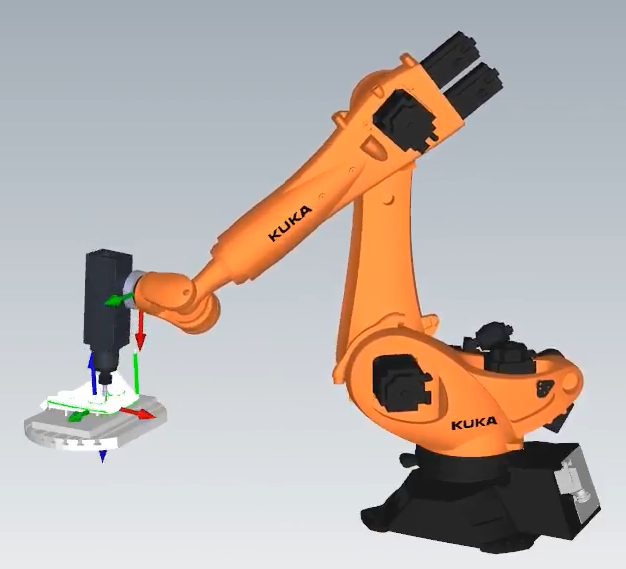Due to the advance changes in technology in today’s era, developers invented robot machining for the convenience of many industrial and manufacturing companies. Because of that, robot milling is sending out CNC machines to trash. But the question is: Does robot machining best enough for the requirements of machining industries?
Will traditional CNC machines go to waste because of this newest trend in machinery? Or perhaps, many manufacturing companies still choose the old but quality machine over the advanced technology?
Before, robots are designed to utilize for the convenience of the process instead of using traditional machine tools. These processes include milling, deburring, cutting, polishing, etc. However, can robot machining outshine the functionalities of a traditional machine? Or perhaps, they are the same?
 Reasons Why Robot Machining are Booming
Reasons Why Robot Machining are Booming
Below are the following reasons why manufacturers keep on choosing the latest modern technology trend:
Accuracy
Accuracy is an essential factor a manufacturer should consider. So, if the machine is not accurate enough, how can you provide a quality product?
The robot accuracy keeps on improving year by year. Industrial robots can easily be calibrated almost to perfection. A robot machine can do a repetitive task without giving any inaccurate output. Unlike the traditional machine, it can’t improve its accuracy level because most of them are already outdated.
Workspace
When it comes to workspace, many industrial robots are nowadays are potable. Some of them are designed to fit in a small to large working space. For example, a medium-sized robot milling has a working area of seven to eight cubic meters. Since industrial robots are flexible, you can freely add an external tool to the robot to extend its capabilities even further.
Conclusion
The answer to the question “Can Robot Machining Outshined CNC Machines?” is a definite, “Yes.” However, it’ll vary depending on the process of the manufacturing company. Nonetheless, robot machines when it comes to durability, functionalities, and working spaces, you couldn’t agree no more that this new trend is paving its way to the world of industrial efficiency.

